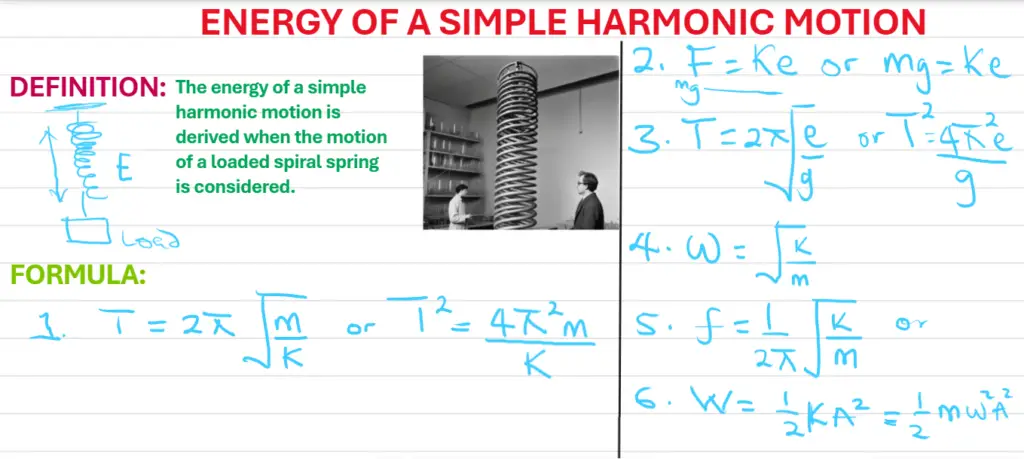Electric Field of a Line Charge
The electric field of a line charge refers to the electric force experienced by a test charge placed at any point in space surrounding an infinitely long, uniformly charged line. To comprehend this phenomenon better, let’s delve into its essential attributes:
Understanding Electric Fields
Before we delve into the specifics of a line charge, it’s important to understand the concept of electric fields itself.
Electric fields are vector fields that exert forces on electric charges within their vicinity. They are characterized by electric field lines that indicate the direction of the force experienced by a positive test charge placed at any given point.
Defining a Line Charge
A line charge (linear charge distribution) constitutes an infinite line along which electric charges are uniformly distributed. The line charge’s charge density, denoted by λ (lambda), represents the amount of charge per unit length along the line.
Symmetry of the Electric Field
One of the remarkable properties of the electric field of a line charge is its symmetry. The electric field strength at a given distance from the line charge remains the same, regardless of the angle or direction.
Calculating the Electric Field of a Line Charge
To calculate the electric field intensity (electric field strength) produced by a line charge, we can employ Coulomb’s Law, which states that the electric field at a point is directly proportional to the charge and inversely proportional to the distance from the charge.
The formula to calculate the electric field at a radial distance “r” from an infinite line charge with charge density λ is:
E = (k * λ) / r
where:
- “E” is the electric field intensity at the point.
- “k” is Coulomb’s constant (k = 8.99 x 109 Nm2/C2).
- “λ” is the charge density of the line charge in C/m (coulombs per meter).
- “r” is the radial distance from the line charge in meters.
Electric Field Lines Around a Line Charge
Visualizing electric field lines is a helpful way to understand the electric field’s behavior. For a line charge, electric field lines are radial and extend outward from the charged line, forming a pattern of evenly spaced lines.
Properties of the Electric Field of a Line Charge
The electric field of a line charge boasts several interesting properties that set it apart from other charge distributions. Let’s explore these properties in detail:
Infinite Extent of the Electric Field
One intriguing aspect of a line charge is its electric field’s infinite extent. As the line charge extends indefinitely in both directions, the electric field it generates also extends infinitely far from the line charge.
Independence from Angle and Direction
The electric field intensity experienced by a test charge remains independent of the angle or direction at which it is measured. This property highlights the uniformity and symmetry of the electric field of a line charge.
Superposition Principle
The principle of superposition holds for the electric field of a line charge, allowing us to determine the total electric field at any point by summing the contributions from individual sections of the line charge.
Read: Gauss’s Law
Non-Uniform Electric Field Strength
Despite the uniform charge distribution along the line charge, the electric field strength varies inversely with the radial distance from the line charge. As the distance increases, the electric field weakens, demonstrating the inverse-square relationship.
Influence of Charge Density on Electric Field Strength
The electric field intensity directly depends on the charge density (λ) of the line charge. Higher charge density results in stronger electric fields around the line charge.
Applications of the Electric Field of a Line Charge
The electric field of a line charge finds diverse applications in various fields. Some notable applications include:
Electric Field Sensing Devices
In modern electronics, sensors based on the electric field of a line charge play a crucial role in touchscreens, proximity sensors, and interactive devices.
Electrostatic Precipitators
Electrostatic precipitators utilize the electric field of a line charge to remove particulate matter from industrial exhaust gases, contributing to pollution control efforts.
Electrospinning
The electric field of a line charge is utilized in the electrospinning process to create fine fibers with applications in textiles, filtration, and biomedical engineering.
Charged Particle Deflection
In particle accelerators and mass spectrometers, the electric field of a line charge is harnessed to control and deflect charged particles with precision.
Calculations and Examples: Understanding Electric Field Strength
To solidify our understanding, let’s work through some calculations and examples of the electric field of a line charge:
Example 1: Calculating Electric Field Intensity
Consider an infinitely long line charge with a charge density of λ = 2 μC/m. Determine the electric field intensity at a radial distance of 5 cm from the line charge.
E = (k * λ) / r
Thus, E = (8.99 x 109 * 2 x 10-6) / 0.5
Which implies that E = 359.6 N/C
Hence, the electric field intensity at 5 cm from the line charge is approximately 359.6 N/C.
Example 2: Electric Field Lines Visualization
Visualizing electric field lines can provide valuable insights into the nature of the electric field. For a positively charged line, the field lines extend radially outward, indicating the repulsion experienced by a positive test charge. Conversely, for a negatively charged line, the field lines extend inward, implying attraction for a positive test charge.
FAQs about the Electric Field of a Line Charge
Q: How does the electric field of a line charge differ from a point charge?
A: The electric field of a point charge emanates radially in all directions, while that of a line charge extends radially along its infinite length. The electric field of a line charge remains constant at any point, while a point charge’s electric field intensity weakens with the square of the distance.
Q: Can the electric field of a line charge be negative?
A: Yes, depending on the direction of the line charge’s charge distribution, the electric field can be positive (outward) or negative (inward).
Q: How does charge density affect the electric field strength around a line charge?
A: Higher charge density results in stronger electric fields around the line charge, as more charges are concentrated in a given length.
Q: Is the concept of a line charge purely theoretical?
A: While a perfectly infinite line charge is a theoretical construct, the concept finds practical applications by considering finite line charges with sufficiently long lengths.
Q: What happens to the electric field as the distance from the line charge increases?
A: The electric field strength weakens with increasing distance from the line charge following an inverse-square relationship.
Q: Can the electric field of a line charge be mapped and visualized?
A: Yes, by plotting electric field lines at various points surrounding the line charge. The field’s behaviour can be mapped and visually represented.

